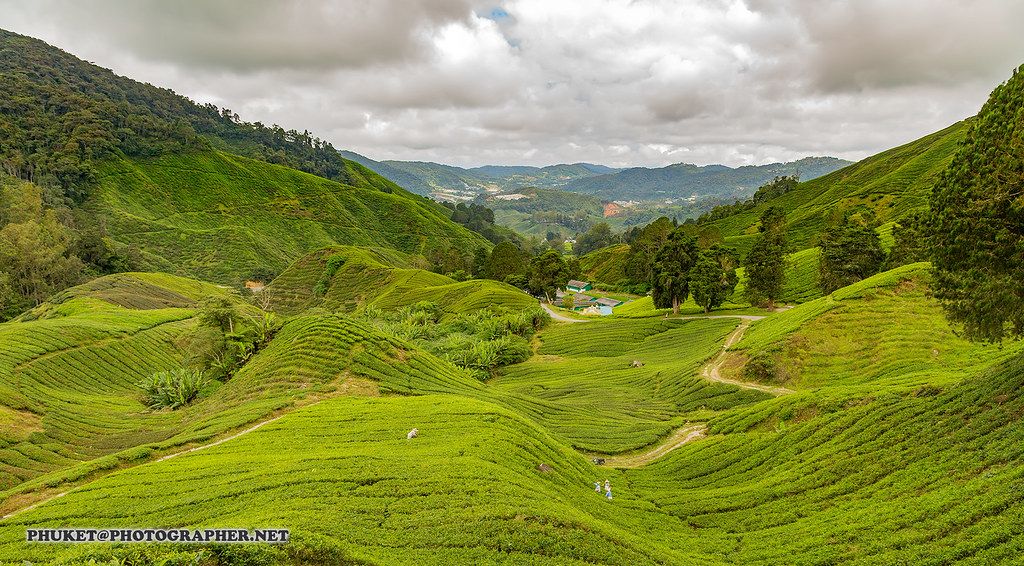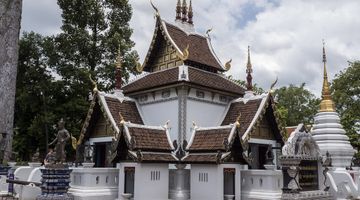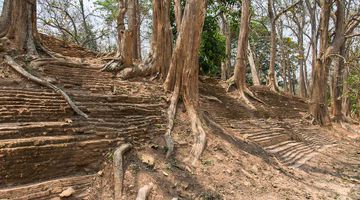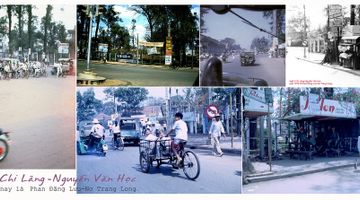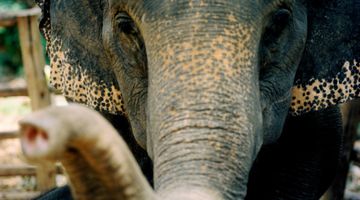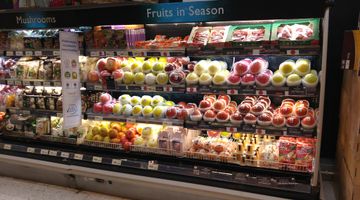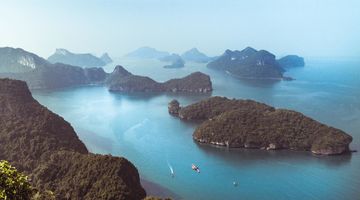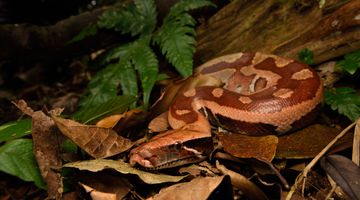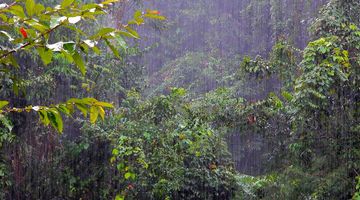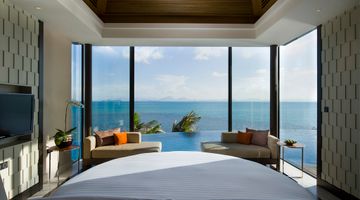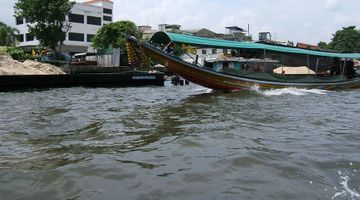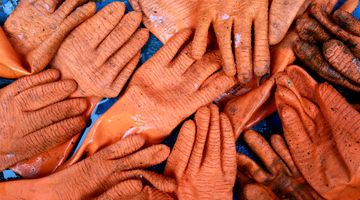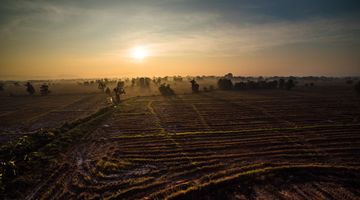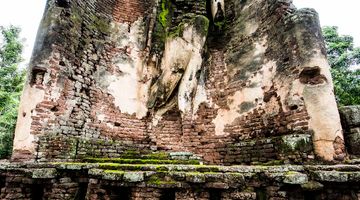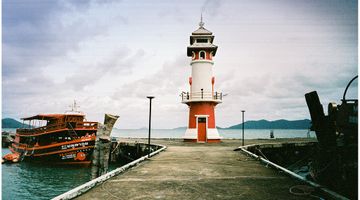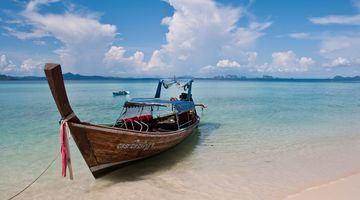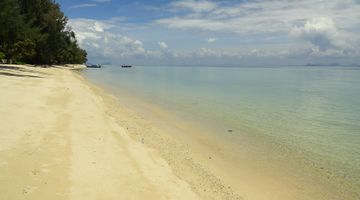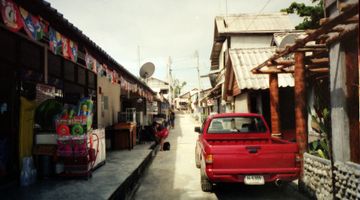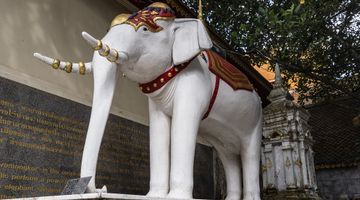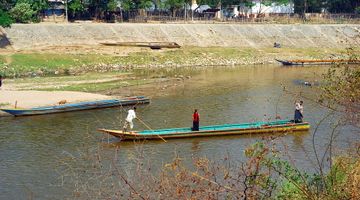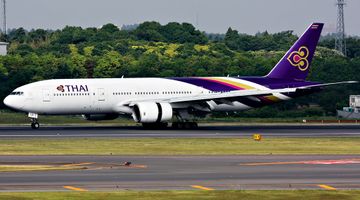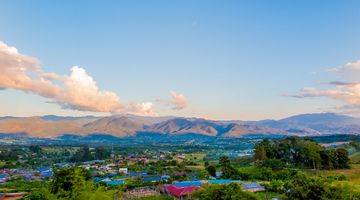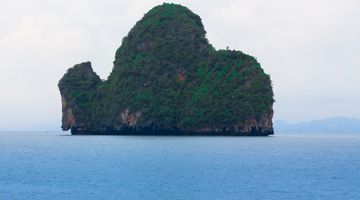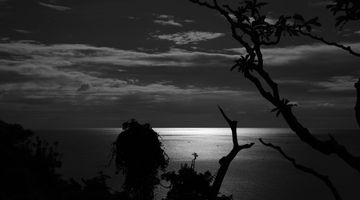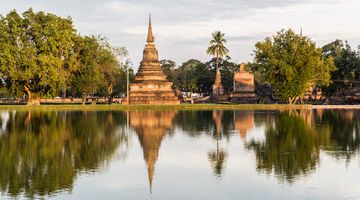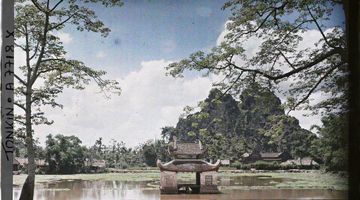Songkhla Thailand – Your Quick Travel Guide
In a nutshell
Songkhla is an attractive capital of one of the southern provinces bordering with Malaysia. The city is stretched between the bigger natural lake in the country on the west and the gulf of Thailand on the east, combining the relaxing atmosphere of a lakeside town with the slow pace of a coastal fishermen village.
Why go to Songkhla
For centuries Songkhla has been a major port and a primary trading center for Chinese, Indians, Malays and Siamese people, and this multicultural pot can be clearly appreciated walking around the old town.
Nowadays despite being the province capital, Songkhla has lost his commercial leadership in favor of Hat Yai, the biggest city in the south of Thailand, just 30 km away. People choosing to make their way to Songkhla will discover a fascinating old town which is currently going through a revival movement that is giving new life and character to what was few years back just a collection of abandoned old buildings and will be able to relax on one of the most beautiful beaches on the southern end of the gulf. A couple of noticeable museums and a few temples will give a cultural touch to your trip, while fresh seafood and delicious street food will be the highlights of your nights.
When to go to Songkhla
If you don’t want to deal with rain, Songkhla has only a couple of months which can be really considered dry season, February and March. Being affected by both the monsoon seasons that hit Thailand, all the rest of the year chances for a daily storm are pretty high, with the strongest precipitations happening in October and November. The temperature remains quite constant all year round, with a slight decrease between November and January.
Held every year in October Lark Phra and Tak Bat Devo is a traditional religious festival starting from Khao Tang Kuan (one of the hills in the northern side of town) where hundreds of monks will descend the hill in procession while all the devotes are aligned on the side to make an offer. Later during the day, colorful vehicles decorated with Buddha’s images coming from different temples will parade around town before gathering at the lotus pond where the winner will be selected.
Where to stay in Songkhla
There’s quite a big variety of accommodation options in Songkhla. Cheap guesthouses can be found at the northern end of the old town close to the National Museum with prices starting at THB250. No need for reservation in this case since the places are more or less all the same and a room will be always available in one of them. In the old town the solutions available are more in the mid-range budget and the quality is definitely better. Room rates start at around THB500 with some more valuable solution going up over THB1000.
For those who want to sleep close to the beach there’s not a lot of choice except for an aged high-end resort.
What to eat in Songkhla
Street food lovers will love Songkhla; even if the small night market is not comparable to some others in Thailand (except on weekends when it’s a not to miss destination), food stalls and street vendors can be found everywhere and especially in the old town, giving everyone the chance for a quick bite at any time of the day, and offering peculiar dishes that can’t be find anywhere else in Thailand; due to his Chinese heritage, the influence of that cuisine is strong and can be easily appreciated in most of the restaurants. Modern sophisticated cafés on the lakeside offer a mix of Thai and Western food with great views, jazz live music and artistic objects hanging on the walls. Restaurants on the beach offer fresh seafood at reasonable prices.
How to get around Songkhla
The old town can be easily covered on foot and the same can be said for all the other attractions in town if you don’t mind to walk for half an hour.
Otherwise motorbike taxies and tuk-tuks are widely available and will take you everywhere in the city center for roughly THB50.
There is a free tram service which covers all the most touristy sites in Songkhla; the entire tour takes 45 minutes but you can stop as long as you want and catch the next tram (there’s one every hour). An easy way to move around.
How to get to and from Songkhla
The main bus station is located at the southern end of town and can be reached by motorbike taxies, tuk-tuks and public songthaews.
Several direct buses depart from Bangkok Southern bus station every day; the first departure in the morning is at 8:00am while the last is at 7:00pm. Less options are also available from Mo Chit station. Prices ranges from THB500 (2nd class) to THB110 (VIP). The trip is quite long, taking anywhere between 12 and 16 hours, depending on the bus and the traffic.
Buses to Sungai Kolok on the Malaysian border departs from Songkhla twice a day at 2:30pm and 4:30pm. The ticket is THB200 and the trip takes 4 hours.
A few other buses connect on daily basis Songkhla to Surat Thani (THB125) and Chumpon (THB260) while minivan are available to Trang, Krabi and Pattani.
For a lot more destinations in Thailand and Malaysia you have to transfer to Hat Yai, the mayor transportation hub in the South of the country. Minivans to Hat Yai don’t depart from the bus station, but from a small terminal on Ramwithi Road, close to the National Museum and cost THB30. In Hat Yai they stop and depart at the bus station or in town at the clock tower. Hat Yai can be reached by flight and train if you want to avoid the long trip from Bangkok on the bus (see the dedicated article for more detailed information).
Safe travel in Songkhla
When considering a trip in Songkhla it’s important to be aware that the province is part of the troubled southern area where Malay rebels have been fighting for independence for the last 70 years, with an escalation in the conflict that started in 2001 and caused several attacks and casualties. If it’s true that the town itself hasn’t been affected by bombings for more than 10 years, in 2016 in Thepa district (is the south of the province) a bomb killed one person and injured several more, while earlier this year (August 2017) a series of 13 coordinated attacks shook three different provinces (Songkhla included).

